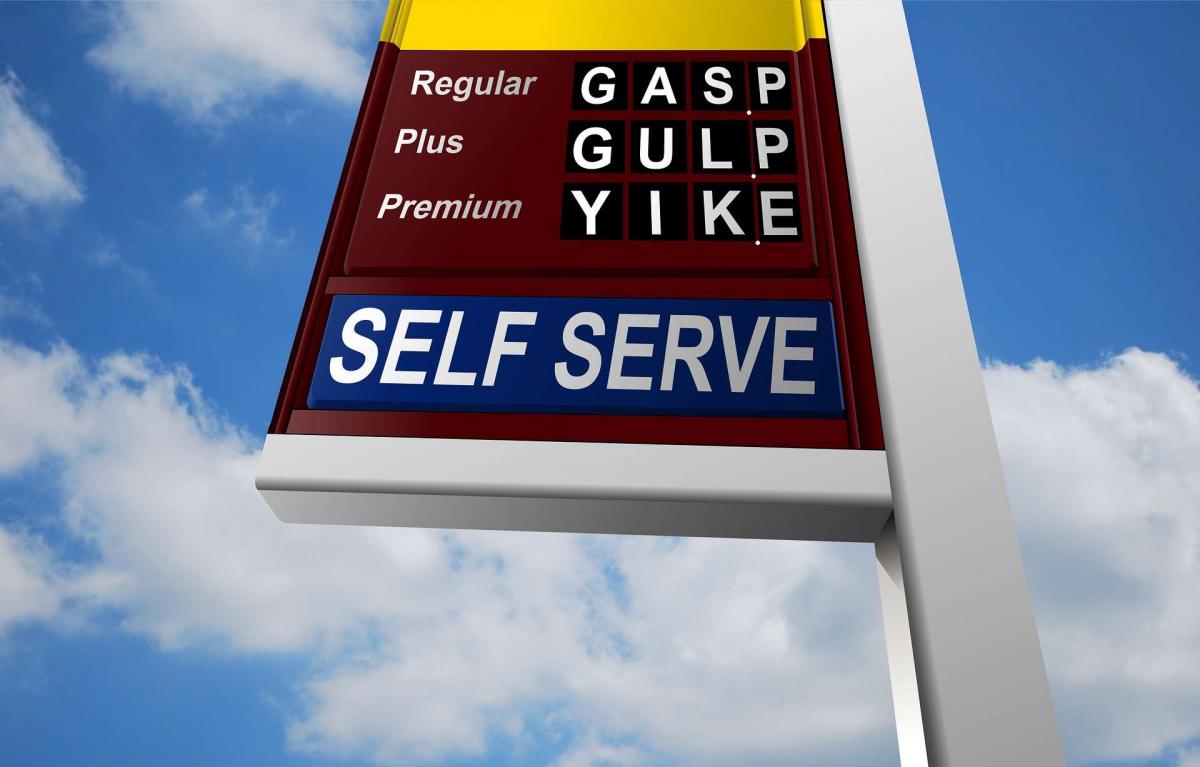The U.S. is withdrawing from a multilateral agreement with Iran that was aimed at dissuading the Iranian regime from further progress toward nuclearization.
In the meantime, the U.S. and its allies have bombed Syria in retaliation for that country’s chemical attacks on its people, and a shake-up in the top echelon of Saudi Arabia’ powerful continues on its unpredictable way. Then there is Venezuela …
All things considered, it is appropriate, in the second quarter of 2018, to look at the possibility of new oil price shocks, and at the consequences such shocks typically have for economic growth.
Word from Shanghai Tech
There is a new working paper on just this subject from Shanghai Tech University, School of Entrepreneurship and Management. What the SEM finds, in a sentence, is: it’s not the mean, it’s the variance.
The authors of the study are: John Maheu, Yong Song, and Qiao Yang. They begin with a literature review. The subject of the macro impact of oil price shocks has been a hot one since the 1980s, spurred by the crises of the decade before that. One theme in the early literature on the subject is that the impact is asymmetric: oil price decreases don’t seem to have much of an impact on growth, but oil price increases can impair it. Some authors have challenged that conclusion, though, and the argument has turned into a dry statistical debate about competing data sets.
Intuitively, it would seem likely that a sudden increase in the mean price of a valuable resource would hamper growth, and a sudden decrease would help growth. The consequences, in other words, seem likely to be symmetrical, though plausible guessing is no substitute for empirical evidence.
What various scholars would like to do is to create a predictive model, such that one could say that if the mean price of petroleum suddenly increases by a given amount (absolute or relative) then the consequences for the economy’s rate of growth would be such-and-such.
Density Forecasts
What these scholars, Maheu et al., have to say though is that one ought to be dealing with “density forecasts” here. That is, the hypothesized models ought to estimate the probability distribution of growth after the shock. This allows for the possibility that the consequences of a shock are to be found mostly in what these authors call the volatility channel.
For their purposes, these authors focus on the U.S. gross domestic product from 1974 to 2015 as its index for growth and on the Refiners’ Acquisition Cost composite index as its metric for oil price and price shocks. They find, first, that “oil shocks in the conditional mean are not generally important for growth,” and that contrary to some of the other contentions in the literature this fact is symmetrical. They find, second, that in the best forecasting model there is a link between oil shocks and the volatility of economic growth.
They develop a new measure of oil shocks in the course of making this point and make the case that their measure is “superior to existing measures.”
Still, they find an anomaly in the period 2005-07. In this period “several oil price shocks are identified but economic growth is tranquil.” That anomaly, though is quickly compensated by the data from the financial crisis of 2008-09, when the GARCH model predicts large volatility but the oil price shocks do not.




